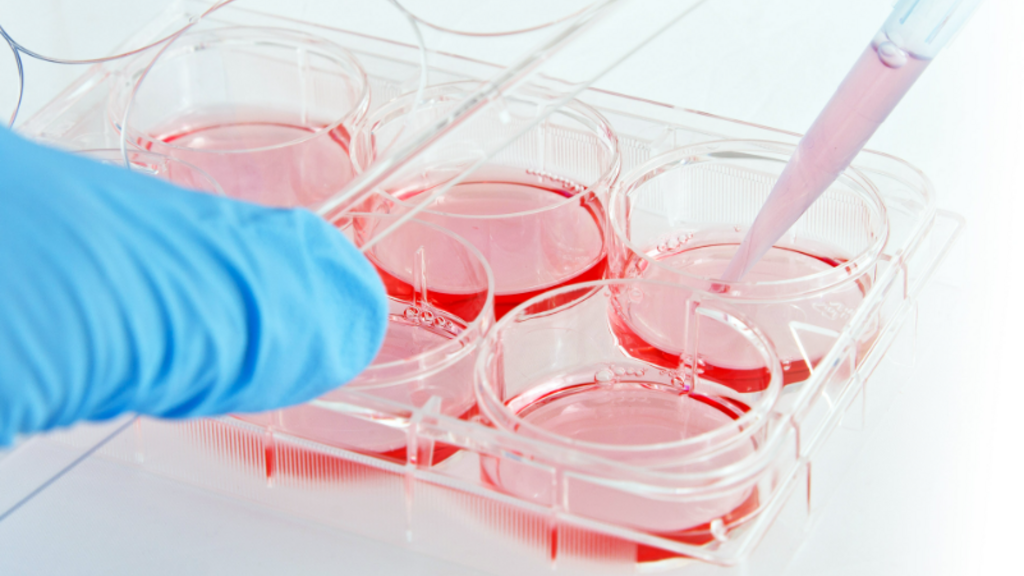Advantages of Using Living Human Cardiovascular Tissue compared to:

Frozen/Fixed Tissue
Preserved Cellular Function: Contraction, Electrophysiology, Metabolism, Drug Responses, Ion Channel Activity, Cellular Signaling.
Drug Testing: Efficacy, Toxicity, Drug Discovery, Small Molecule Screens.
Identification of Tissue-Specific Ligands: Aptamer Selections.
Electrophysiology: Action Potential Propagation, Arrhythmia Mechanisms.
Gene Transfer: Viral-mediated Gene Transfer.
Live Imaging: Real-time Calcium Imaging, ROS Imaging.
Mitochondrial Studies: Seahorse Oxidative Phosphorylation, O2K ATP utilization, Metabolic Disorders.
Tissue Mechanics: Contractility, Stiffness, Elasticity, Response to Mechanical Stress.
Disease Modeling: Living tissue from failing hearts reflects an active disease process that can provide insights into therapeutic targets.
Healthy vs Diseased Comparison: Failing heart vs Donor heart.
Personalized Medicine: Research treatments tailored to specific patients (LVAD cores, biopsies).
Cellular Interactions: Native cell interactions between cardiomyocytes, fibroblasts, ECs, and immune cells.
Test Regenerative Treatments: Stem Cell Therapies, Biomaterials, Engineered Constructs.

Cultured Cells/iPSC CMs
Complete Tissue Architecture: Native Cell Organization, ECM, Vasculature.
Tissue-Level Phenomena: Contraction, Conduction, Mechanical Interactions Between Cells.
Diverse Cell Types: CMs, CFs, ECs, SMCs in their native proportions.
Physiological Environment: Native heart EP, Contractility, Biochemical Environment.
Physiological Relevance: Avoids developmental and functional differences in iPSC CMs
Mature Phenotype: iPSC CMs exhibit an immature phenotype.
Avoid Reprogramming Artifacts: Living tissue reserves the original genomic, epigenetic, and transcriptomic profiles of cells, which can be altered during the reprogramming of iPSCs.
Tissue Level Imaging: Living tissue enables spatial transcriptomics, live imaging, and intravital microscopy on intact, functional tissue.

Animal Models
Human Specific Biology: Animals differ in size, heart rate, ion channel composition, and response to drugs, which can limit the translatability of findings.
Cross-Species Compatibility Studies: Human tissue allows testing of cross-species therapeutic agents like aptamers of biologics.
Reduced Animal Use: Addresses ethical concerns and aligns with 3Rs (Replacement, Reduction, Refinement).
Educational Value: Provides hands-on opportunity for researchers and clinicians to study human cardiac anatomy and physiology.